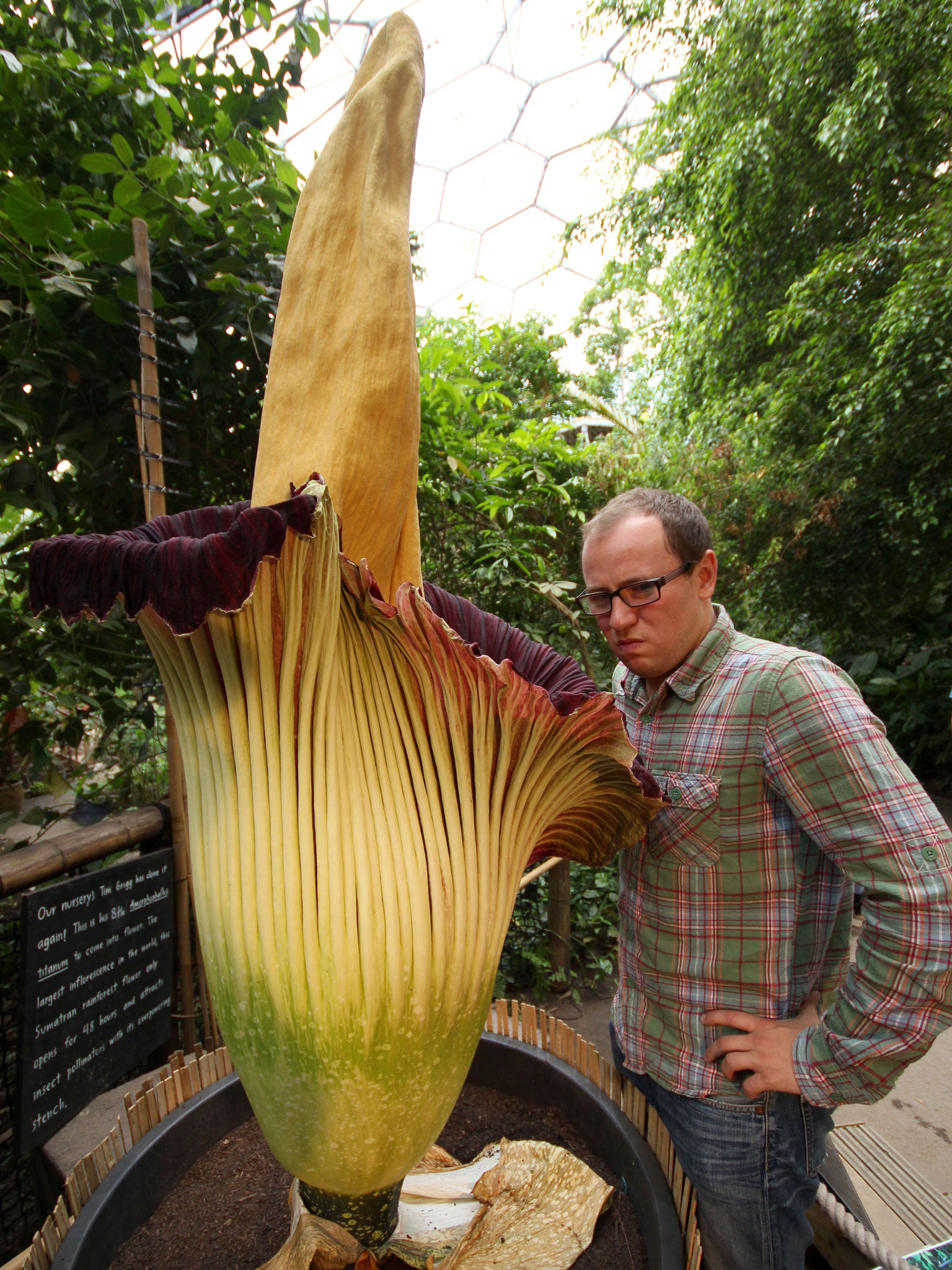Your support helps us to tell the story
From reproductive rights to climate change to Big Tech, The Independent is on the ground when the story is developing. Whether it's investigating the financials of Elon Musk's pro-Trump PAC or producing our latest documentary, 'The A Word', which shines a light on the American women fighting for reproductive rights, we know how important it is to parse out the facts from the messaging.
At such a critical moment in US history, we need reporters on the ground. Your donation allows us to keep sending journalists to speak to both sides of the story.
The Independent is trusted by Americans across the entire political spectrum. And unlike many other quality news outlets, we choose not to lock Americans out of our reporting and analysis with paywalls. We believe quality journalism should be available to everyone, paid for by those who can afford it.
Your support makes all the difference.Breaking into the flat of a long dead spinster whose cats have been left to fend for themselves would be a harrowing experience, but it would at least prepare the nostrils for a sniff of the Titan Arum.
After a seven year wait, the world’s largest inflorescence (it’s not technically a flower, but more on that later) has begun its 48 hour long bloom at the Eden Project in Cornwall. It’s massive. It’s spectacular. But good grief, it stinks.
For the last two weeks, people from all over the world have been staring via webcam at what looked rather like a closed lilly, albeit two metres tall. Yesterday morning, it started to open, sparking an influx of high speed pilgrimages down the M5 from all over the country. One lady today said she’d driven 320 miles overnight to see it. Its purple petals - the spathe - have unfolded to reveal the giant yellow a stalacmite inside - the spadix - but already it is closing again, and dying.
It looks rather like those Sumatran pitcher plants that David Attenborough occasionally films luring unlucky rats into their malevolent clutches, before dissolving them in acid. This thing looks like it could eat a cow, but, like the gaping-mouthed basking sharks that occasionally terrify swimmers off the nearby Cornish coast, it is entirely harmless, apart from the smell.
If you don’t have seven years to wait for the next time, the aroma at least can be recreated far quicker. Simply lock your cat in the downstairs toilet, emigrate, and come back in a year or so.
“It tends to come in wafts,” admits the guide who’s been stood by it for it’s entire 48 hour pongfest. On my visit, two little girls are sat on the steps diligently sketching it on notepads when one such waft comes, quickly scattering them. “Daddy, daddy, it’s disgaaaauusting!” protests one. The other simply wretches, runs for mummy, and cries.
When I bravely stick my head in, I too come perilously close to depositing my lunch - a garlic mushroom danish from the cafeteria - in its rotten depths, which would without doubt improve the smell.
The amorphophallus titanum, or titan arum is not a single flower, but hundreds of flowers, male and female, contained within a single inflorescence, of which it is the world’s largest unbranched example. Some palm trees produce larger ones, but they exist on trunks of trees and are classified separately. It grows in Borneo and Sumatra, one of the Araceae Family, better known as Aroids. A smaller version, arum maculatum, is common to the UK, known as Lords and Ladies, or the Cuckoo Pint, a frequent sight beside riverside paths and shady lanes in Wales.
This 48 hours of madness is its mating display. In the wild it would have four such wild weekends spread over a 40 year life. On the first night, its female plants become receptive to pollination, and the great yellow spadix kicks into action, broadcasting cat-whiff all over the jungle, a siren for all the creeping things that get off on that kind of thing, typically flies, bluebottles and carrion beetles. Then, on night two, the girls are spent and the boys wake up, offering their pollen. That the brothers and sisters don’t go to the disco on the same night is Mother Nature’s incest blocker. In Borneo and Sumatra, the chances of cross-pollination is high, although the flowers are threatened by over-collection, but in Cornwall, this is the only flower of its type, so no one’s getting lucky. Some plants do self-pollinate, but aroids don’t.
34-year-old Tim Griggs, one of the Eden Project’s many horticulturists, is the man who grows the things. In the pot in the earth is the flower’s corm, a placenta, if you like, where it stores its nutrients. This one weighs about 35 kilograms. He is hoping he can preserve it and use it to grow another flower. In the wild it would simply die off, delivering a great bounty of goodness to the earth. In their final leaf phase they grow to several metres tall before they die back and produce the spectacular inflorescense. “There is nothing difficult about growing them,” he claims with some modesty. “Apart from maybe the waiting, that can be hard.” Patience is a much cherished virtue among horticulturists, and evidently iron nostrils, too. Whoever would have thought it?

Join our commenting forum
Join thought-provoking conversations, follow other Independent readers and see their replies
Comments